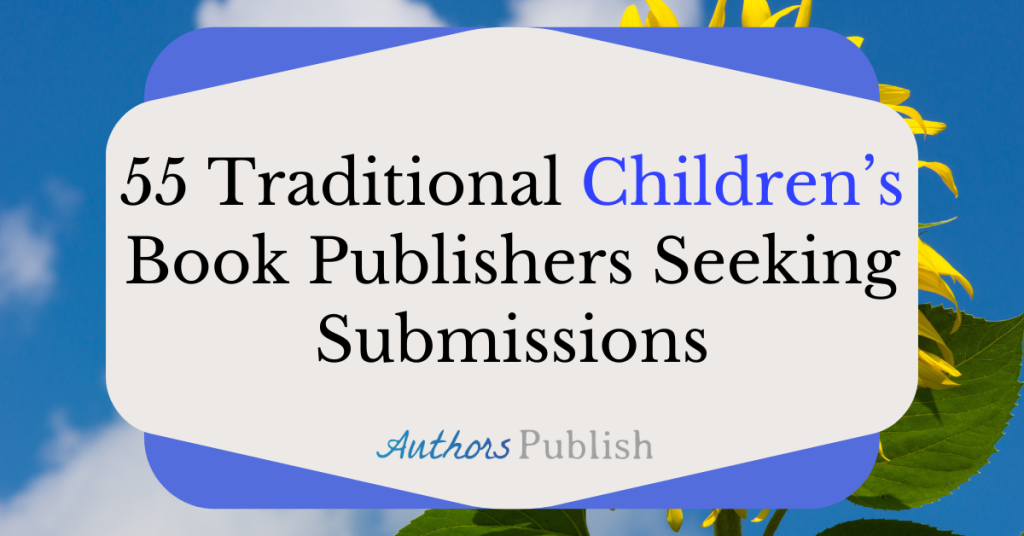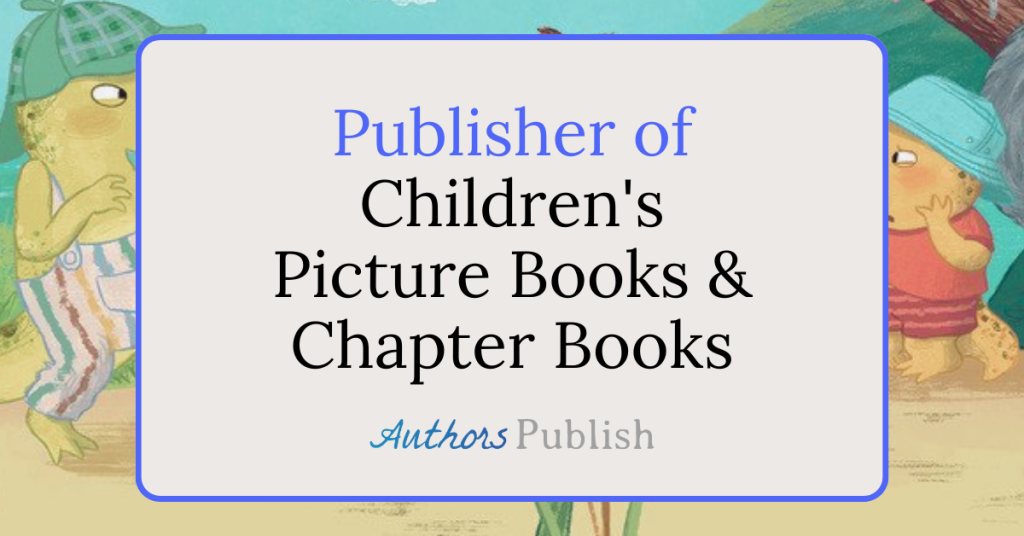If you’ve never sent your creative writing out to a literary journal before, the experience can be intimidating. Many productive writers try to avoid submitting; however there is no real way around it if you want to get your work out into the world.
This article contains five tips for submitting your work. I have been submitting for six years now. After submitting for so long, these tips are still a touchstone for me. They always help me keep on track.
My first tip is to set a submission goal for yourself. Set it somewhere that seems reasonable to you: perhaps five submissions to different magazines per month. I often exceed my per month goal, because once I reach that point, I want the feeling of accomplishment to linger. Soon those submissions will really start to add up. The more experience you have submitting, the faster you get; as you progress it becomes easier to submit your work. I often have 40 submissions out at a time. Three of the most respected authors I know suggested that this was one of the ways that they became successful. I don’t know why 40 is the magic number, but it seems to be the case.
My second tip is to create submission packets. If you are a short story writer you don’t need to do this, since most journals only consider one short story at a time. However if you are a poet, journals generally want between 3-5 of your poems to consider at a time. I have 5 packets that each contain between 4-5 poems. I always reserve two packets to submit to places that do not accept simultaneous submissions. The rest I submit to multiple places.
My third tip is to keep track of what you submit and where you submit it to. I keep a Word document that keeps track of which journals I have submitted to, what poems I have submitted to them, and when I submitted these poems. I write down which poems have been accepted and where. I document which journals have rejected certain poems. I update this ‘submission tracker’ every time I submit, otherwise I might submit the same poems to the same journal twice, or submit poems that have been accepted elsewhere, or any similar minor disasters. Make sure you regularly update this document; otherwise it will get out of control. I have included a sample of a very small submission tracker:
Sample Submission Tracker:
Pending:
The New Yorker, Submitted September 28th. The Living(short story)
Perception, Submitted September 28th, My Teeth, Superman, Pumpkin Bread (poems)
Acceptances:
Waterhouse, Submitted Jan 14th, 2013. Ham, Companion, Uma Thurman (poems).
Accepted Companions:
Block Review, Submitted Jan 25th 2013, Ready (short story).
Rejections:
Three Penny Review, Submitted Jan 7, 2012. Timer(short story).
Apple Journal, submitted Jan, 7, 2013. Pancakes for Dinner(short story)
My fourth tip is to create a couple of biographical statements. When you read submission guidelines, which vary from site to site, almost all of them will require that you include a brief biographical statement and a cover letter. Most submission guidelines are very similar, so as long as you have a biographical statement and a cover letter on a standby it should take you very little time to submit.
One of your biographical statements should be under 50 words and the other should be under 100 words in length. Once your work has been published in various literary journals you should include some of the most recent or prestigious journals in your biographical statement. However, you should not include all of them, that would just be overwhelming and it would come off as unprofessional. Below are examples of biographical statements of less than 50 words, one contains journal names, one does not.
Sample Bio 1:
Maria Smith resides in the rural Pacific Northwest. Her work has appeared or is forthcoming in numerous places, including: Tin House, The Liner, and Echolocation, and the anthology Tidelines. Her second chapbook Pancakes for Dinner is forthcoming in 2014 from Hawthorne Press.
Sample Bio 2:
Joshua Thomas is a poet, editor, and recovering New Yorker who now lives in Idaho. Joshua once wrote a sonnet every hour for twenty-four hours straight. He loves to hike, cook, and read.
My fifth tip is to create a standard cover letter for all the journals that you are submitting to. A cover letter should be as simple as possible; an editor does not have a lot of time and does not want to be bogged down by the details. If I am submitting to a journal I particularly like, I will include a note about why I like it. Sometimes journals will request that I include additional information such as titles and word count in my cover letter and I will cut and paste that information in. Otherwise my cover letter is almost identical to the sample letter.
Sample Cover Letter:
Dear Editors,
The following poems are for your consideration.
Thank you for your time,
Katharine Hathaway
Note: This is an excerpt from the book Submit, Publish, Repeat. We highly recommend the full book to all writers interested in publishing. Get your free copy of the book here.





